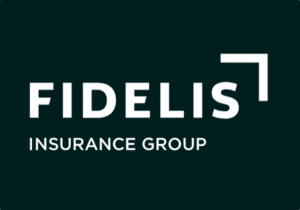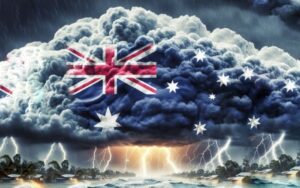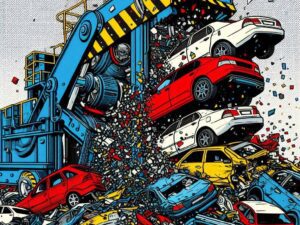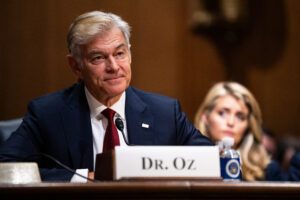Twitter’s blue tick "chaos" and reputational risk
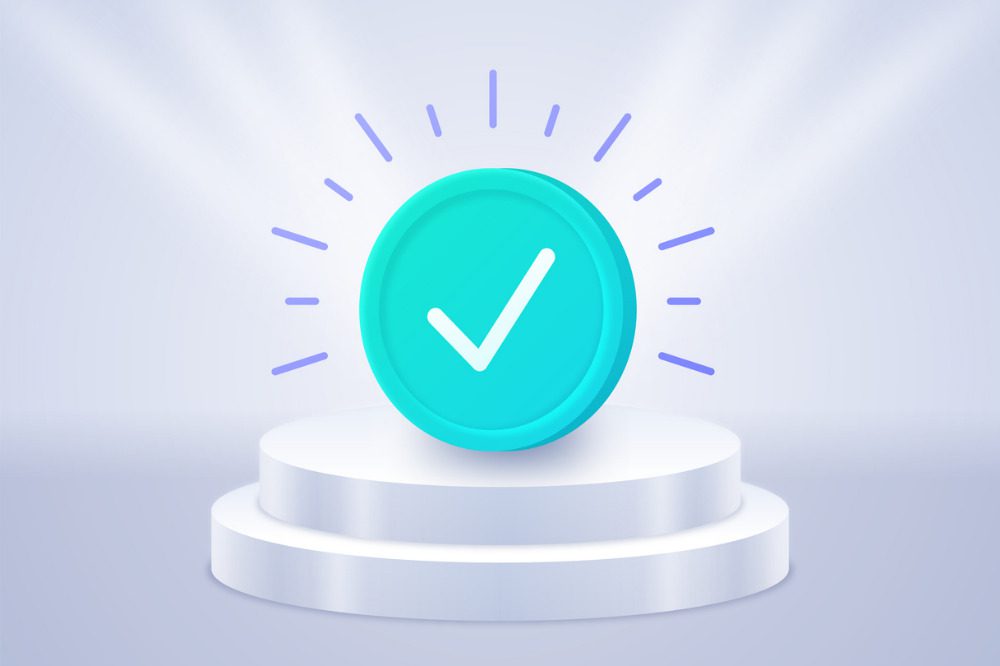
What followed was a rash of ‘Twitter trolls’ who purchased blue checkmarks for fake accounts to pose as others, with targets having included defence and aerospace company Lockheed Martin, manufacturer Nestle, and gaming business Nintendo.
One such business that was targeted was pharma giant Eli Lilly. At 1.36pm on November 10, a fake account tweeted that Eli Lilly would be making insulin free.
The business countered with its own tweet at 4.09pm, as well as a press release, but some damage had already been done and the drug maker saw a reported $15 billion wiped off its market cap. It was not alone – other companies that had been impersonated also took a tumble.
Musk would go on to halt the blue check rollout until later in December. As of November 22, Twitter had seen half of its 100 biggest advertisers pull the plug, according to analysis by Media Matters, including US insurance giant Allstate Corporation.
We apologize to those who have been served a misleading message from a fake Lilly account. Our official Twitter account is @LillyPad.
— Eli Lilly and Company (@LillyPad) November 10, 2022
“Military grade” responses to sped up crises
“The world has shown us that the speed with which an issue can become a massive source of reputational damage is approaching the speed of a nuclear assault on a nation,” said Nir Kossovsky, Steel City Re CEO.
“[It would take] 40 minutes between a missile being launched from North Korea to hit New York City, and we’re approaching that kind of response time, […] that is almost military grade responses to threats emerging from the various sources that exist globally.”
Two and a half hours to respond to a fake tweet may seem like a long time to some. Reports, though, have indicated that Eli Lilly was trying to get answers from Twitter, which had days before laid off a chunk of its 7,500-strong workforce, behind the scenes.
Regarding Twitter’s reduction in force, unfortunately there is no choice when the company is losing over $4M/day.
Everyone exited was offered 3 months of severance, which is 50% more than legally required.
— Elon Musk (@elonmusk) November 4, 2022
Eli Lilly’s response needs to be looked at in the context of the pharma company operating in a heavily regulated environment, according to Kossovsky.
“They can’t simply announce things the way Elon Musk does and throw stuff out there; these are huge organisations with very complex risk management structures and very complex regulatory structures, so nothing can be said publicly of any significance without it being vetted,” Kossovsky said.
“Any response that might have short term positive effects might have a whole host of long-term negative effects, and thus, everything needs to be carefully managed.”
Eli Lilly’s Twitter response in context
On August 12, 2017, deadly violence erupted in Charlottesville, Virginia as a ‘Unite the Right Rally’ clashed with protesters.
The event, which saw Virginia declare a state of emergency with one killed and dozens injured, led to the CEO of pharma company Merck pulling out of then President Donald Trump’s American Manufacturing Council.
“As CEO of Merck and as a matter of personal conscience, I feel a responsibility to take a stand against intolerance and extremism,” Kevin Frazier, Merck CEO, said in a statement when markets opened on Monday, August 14, 2017.
At the time, the Merck statement was viewed as a “phenomenal” speed of response, according to Kossovsky.
“[It was] incredible that the risk could be assessed, that the socio-cultural risk could be assessed, a decision could be made, the board could bless it, the lawyers could do whatever they need to do to make sure that it met all the regulatory obligations – the securities filings and so on — and that the CEO, Kevin Frazier, could make that announcement,” Kossovsky said.
“[That was a] 40 hour working figure – here we’re looking at two and a half, and even that was not fast enough.”
In Lilly’s case, “the speed [of response] for something just complicated and sensitive was extreme, and yet not good enough by the new standards of crisis,” Kossovsky said.
Eli Lilly declined to comment specifically on whether it anticipated taking any action against Twitter, or whether it was considering other steps. A spokesperson pointed to a previous statement, in which the pharma company said it was “deeply committed to ensuring patients and customers receive accurate information about our medicines.”
“The fake/parody Twitter accounts for Lilly have communicated false information and we continue working to correct this situation,” Eli Lilly said.
The manufacturer said that individuals should check its website for facts on its medicines, access, and “affordability programs”.
Twitter did not immediately respond to a request for comment.
What do you think of Twitter’s new approach? Let us know in the comments.

